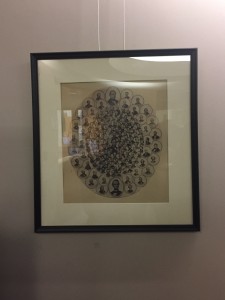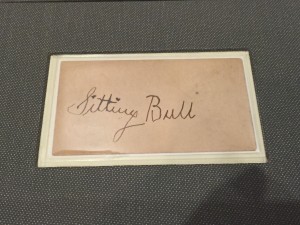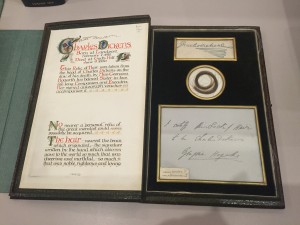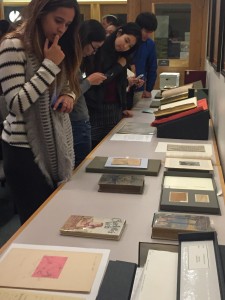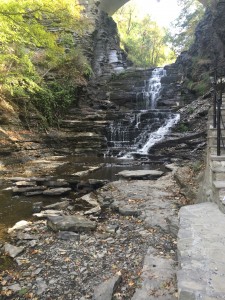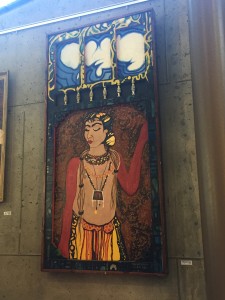I’ve always been fascinated with the vast unknown beyond the planet Earth. As a kid, I loved it when my science classes occasionally took a trip to the school planetarium because I would get to look at the stars and planets and I especially enjoyed the Greek mythology behind the constellations. One particular visit, we learned about the geocentric and heliocentric models of the solar system and how those theories evolved. Galileo lived during a religiously strict period and he was often shamed for his ideas. At the Becker café this week, we had a chance to learn more about the science-religion debate between Copernicus, Galileo and the Church from Dr. Gregory Sloan.
The struggle between science and religion has existed for a long time. Scientific research was often ignored by the Church and each party tried to explain their beliefs to the other. Dr. Gregory Sloan took on a different perspective and suggested that perhaps religion did not counter science, but rather it acted as a scape goat for the unexplainable aspects of science. People may have been skeptical to adopt a scientific view of the world if they had lingering questions that could not be answered. Religion was able to address these questions because everything was attributed to God.
Furthermore, people were afraid of change. They had believed Copernicus’s theory that the planets revolved around the Earth for their whole lives and were very hesitant to accept Galileo’s suggestion that the planets actually revolve around the sun. It was a completely different theory that they one they had come to know as fact.
While religion and science are often pitted against each other, it is more the human tendency to resist change that causes these conflicts. People like familiar things and are uneasy when everything they had ever known is put into question. Religion and science should be able to co-exist because while science can explain many natural phenomena, religion provides the structure of hope and security that some individuals need.

